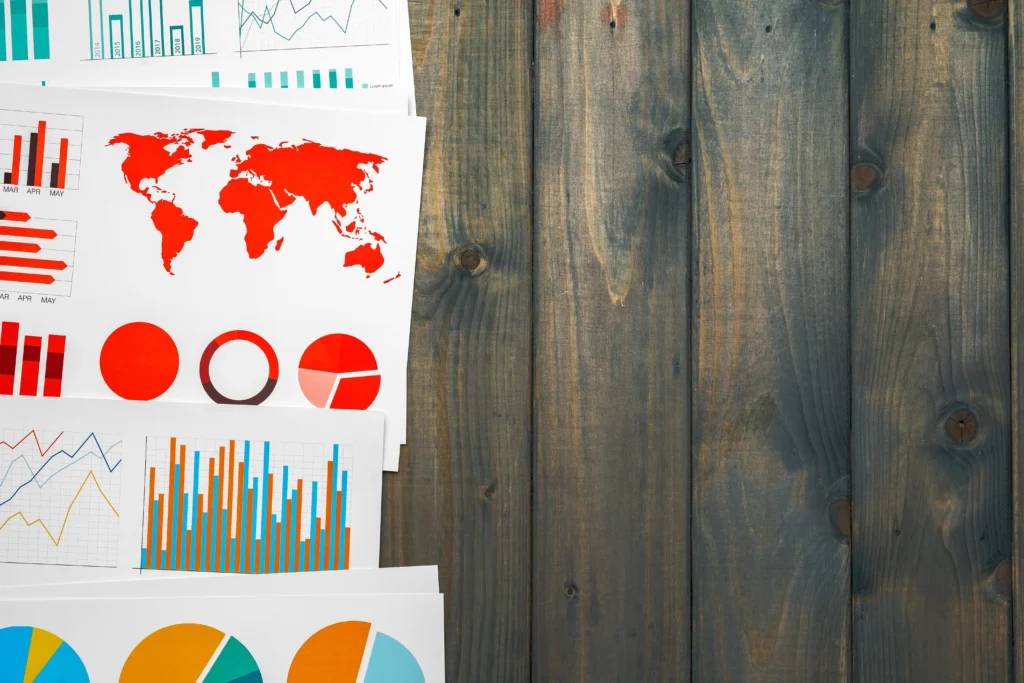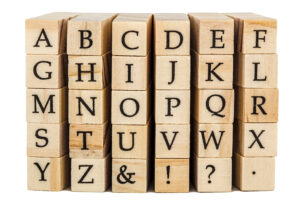
Typography is a fundamental aspect of graphic design, with the right font choices often being the difference between a design that captivates an audience and one that gets overlooked. Eye-catching fonts can enhance the visual impact of a design, draw attention to important information, and express the intended tone or personality of a brand or project. In this article, we will explore different types of eye-catching fonts, how to select the best ones for your graphics, and examples of popular fonts that work well across various design styles.

Fonts play a vital role in graphic design as they help convey meaning, establish a visual hierarchy, and set the mood for a design. Choosing the right font can make your graphics more memorable and impactful, while poor font choices can detract from the overall message. Whether designing for social media, websites, or print, the font you select should complement the graphic elements and communicate the intended message clearly.
The fonts you choose can greatly influence how your audience perceives your design. For instance, bold, geometric sans-serif fonts may create a modern and minimalist feel, while decorative script fonts might evoke elegance and sophistication. Fonts help to evoke emotions, which can influence a viewer’s response to the design. This is why designers must carefully consider the fonts they use, especially for branding and marketing materials.
There are various types of fonts that can make your graphics stand out. Below are some of the most popular categories of fonts used to create visually striking designs.
Sans-serif fonts are known for their clean, modern appearance, and bold versions of these fonts can be incredibly eye-catching. Their lack of decorative flourishes makes them easy to read, even at larger sizes, making them a popular choice for headlines and other prominent text elements.
Display fonts are designed to be attention-grabbing and are often used in large sizes for headlines or short text blocks. These fonts can have exaggerated features, such as unusual shapes or highly stylized letters, and are often used to create a strong visual statement.
Script fonts mimic the look of cursive handwriting and can add a touch of elegance or creativity to your design. These fonts range from highly decorative to casual handwritten styles, making them versatile for various applications.
Geometric fonts are characterized by their use of geometric shapes to form the letters. These fonts have a modern, structured appearance, making them ideal for designs that need to convey precision and sophistication.
Retro and vintage fonts draw inspiration from past design eras, such as the 1960s, 70s, or 80s. These fonts evoke a sense of nostalgia and are perfect for projects that aim to capture a vintage aesthetic.
Selecting the right font is essential for ensuring that your graphic stands out while still being functional. Here are some tips to help you choose the perfect font for your next design project.
The purpose of the design and the audience you are targeting should guide your font choice. For example, if you’re designing a poster for a rock concert, bold and edgy fonts might be more appropriate than clean, professional fonts, which might suit corporate graphics. Understanding the audience and the context will help you select fonts that resonate with viewers.
No matter how stylish or unique a font may be, it’s crucial that it remains legible. If the text in your design is difficult to read, your message could be lost. Make sure that your fonts are clear and easy to read, especially when used in smaller sizes.
Font pairing refers to the practice of using two or more complementary fonts in a single design. When pairing fonts, look for combinations that create contrast while still feeling cohesive. A common approach is to pair a sans-serif font with a serif font or to mix a decorative font with a more neutral typeface.
Now that we’ve explored the different types of fonts and how to choose the right one, let’s take a look at some popular fonts that are commonly used in graphic design for their ability to stand out.
Choosing the right eye-catching font for your graphic design project can elevate your work and make it more visually appealing. By understanding the different types of fonts and their potential impact, you can create designs that are not only beautiful but also functional and memorable. Whether you opt for bold sans-serifs, decorative display fonts, or elegant scripts, the key is to ensure that your fonts complement the design and convey your message clearly.
Remember, typography is more than just letters on a screen or page—it’s a powerful tool that can influence how people perceive and interact with your design. Take the time to experiment with different font styles, and don’t be afraid to combine them for added impact. With the right font choices, you can create truly eye-catching graphics that leave a lasting impression.